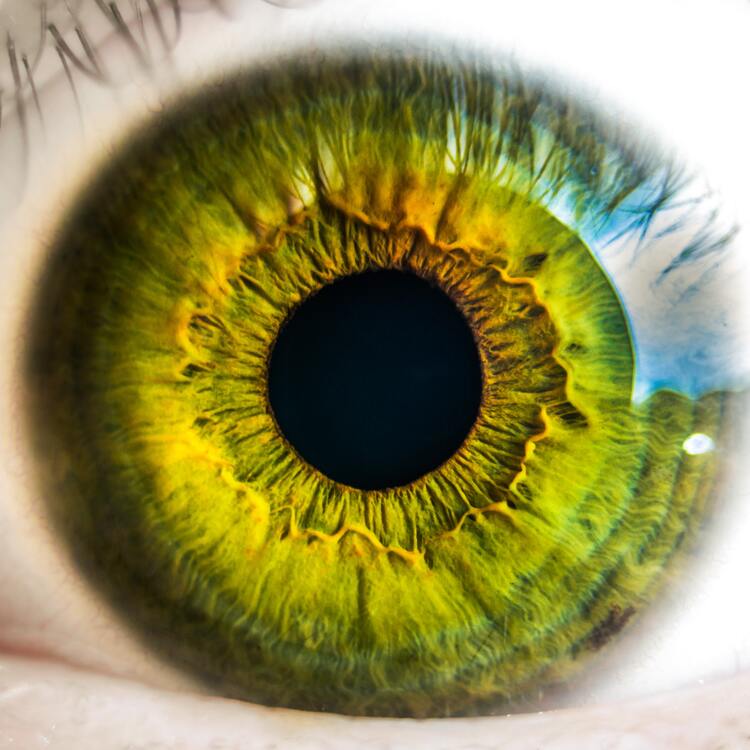A Major Milestone for the Treatment of Eye Disease

We are delighted to announce the results of the first phase of our joint research partnership with Moorfields Eye Hospital, which could potentially transform the management of sight-threatening eye disease.
The results, published online in Nature Medicine (open access full text, see end of blog), show that our AI system can quickly interpret eye scans from routine clinical practice with unprecedented accuracy. It can correctly recommend how patients should be referred for treatment for over 50 sight-threatening eye diseases as accurately as world-leading expert doctors.
These are early results, but they show that our system could handle the wide variety of patients found in routine clinical practice. In the long term, we hope this will help doctors quickly prioritise patients who need urgent treatment – which could ultimately save sight.
A more streamlined process
Currently, eyecare professionals use optical coherence tomography (OCT) scans to help diagnose eye conditions. These 3D images provide a detailed map of the back of the eye, but they are hard to read and need expert analysis to interpret.
The time it takes to analyse these scans, combined with the sheer number of scans that healthcare professionals have to go through (over 1,000 a day at Moorfields alone), can lead to lengthy delays between scan and treatment – even when someone needs urgent care. If they develop a sudden problem, such as a bleed at the back of the eye, these delays could even cost patients their sight.
The system we have developed seeks to address this challenge. Not only can it automatically detect the features of eye diseases in seconds, but it can also prioritise patients most in need of urgent care by recommending whether they should be referred for treatment. This instant triaging process should drastically cut down the time elapsed between the scan and treatment, helping sufferers of diabetic eye disease and age-related macular degeneration avoid sight loss.
Adaptable technology
We don’t just want this to be an academically interesting result – we want it to be used in real treatment. So our paper also takes on one of the key barriers for AI in clinical practice: the “black box” problem. For most AI systems, it’s very hard to understand exactly why they make a recommendation. That’s a huge issue for clinicians and patients who need to understand the system’s reasoning, not just its output – the why as well as the what.
Our system takes a novel approach to this problem, combining two different neural networks with an easily interpretable representation between them. The first neural network, known as the segmentation network, analyses the OCT scan to provide a map of the different types of eye tissue and the features of disease it sees, such as haemorrhages, lesions, irregular fluid or other symptoms of eye disease. This map allows eyecare professionals to gain insight into the system’s “thinking.” The second network, known as the classification network, analyses this map to present clinicians with diagnoses and a referral recommendation. Crucially, the network expresses this recommendation as a percentage, allowing clinicians to assess the system’s confidence in its analysis.
Source: deepmind
